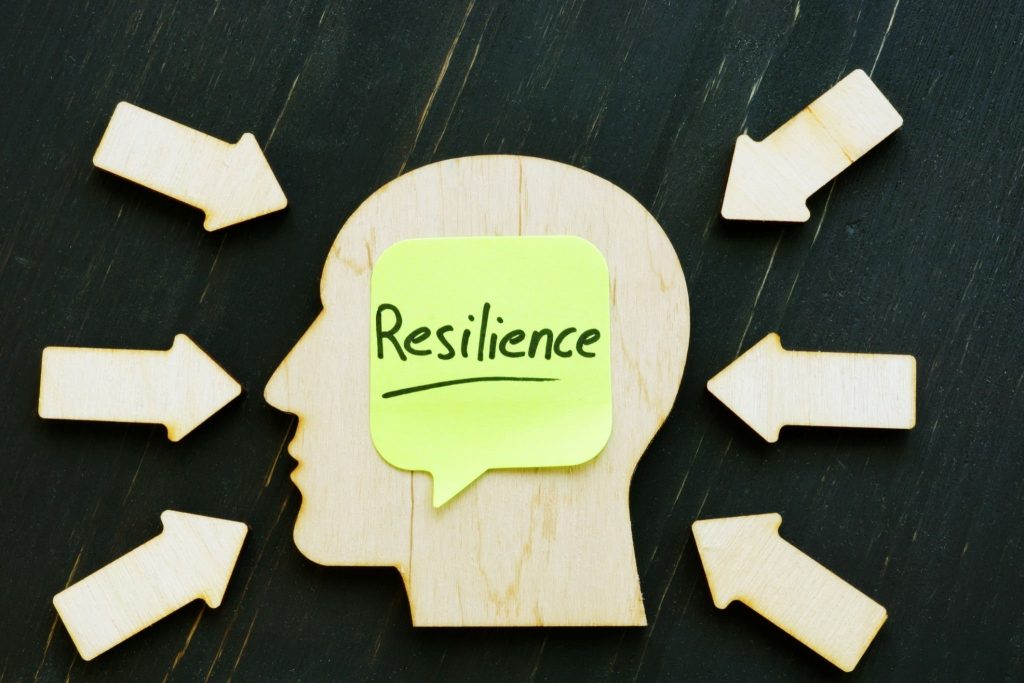
Organizations must adapt quickly to new challenges and opportunities in today’s fast-paced business world. Resilience and agility are becoming increasingly critical for organizational success. The ability to pivot strategies, learn from past experiences, and stay ahead of the competition is essential. One powerful tool that can aid in building resilience and agility is knowledge transfer. By sharing information and best practices across teams and departments, organizations can ensure that valuable insights are preserved when employees leave or roles change. Effective knowledge transfer can also help to break down silos and foster collaboration, leading to increased innovation and growth. This article will explore the importance of knowledge transfer for building resilience and agility in organizations and provide actionable tips for implementing an effective knowledge transfer program.
The Importance of Resilience and Agility
Resilience and agility are essential for organizations to survive and thrive in today’s business environment. Resilience is the ability to withstand and recover from unexpected events, such as economic downturns or natural disasters. Agility is the ability to adapt quickly and take advantage of new opportunities. Both resilience and agility require a willingness to learn from experience and a commitment to continuous improvement.
Resilient and agile organizations are better equipped to navigate challenges and seize opportunities. They are more likely to be innovative, responsive to customer needs, and able to stay ahead of the competition. Organizations must create a culture of learning and knowledge sharing to build resilience and agility.
Knowledge Transfer Statistics
Effective knowledge transfer is essential for building resilience and agility, yet many organizations need help implementing effective knowledge transfer programs. According to a survey by the Association for Talent Development, only 34% of organizations have a formal knowledge transfer program. Another survey by Deloitte found that only 14% of organizations believe their knowledge transfer programs are highly effective.
These statistics highlight the need for organizations to prioritize knowledge transfer as a strategic initiative. By investing in knowledge transfer programs, organizations can ensure that valuable insights are preserved when employees leave or roles change. They can also foster collaboration and innovation, leading to increased resilience and agility.

Types of Knowledge Transfer
There are several types of knowledge transfer that organizations can use to share information and best practices across teams and departments. The most common types of knowledge transfer include:
Informal Knowledge Transfer
Informal knowledge transfer occurs through conversations, mentorship, and on-the-job training. This type of knowledge transfer is often the most effective, as it allows employees to learn from each other naturally and organically.
Formal Knowledge Transfer
Formal knowledge transfer occurs through structured programs, such as training sessions, workshops, and knowledge management systems. This type of knowledge transfer is useful for sharing information across large teams or departments and ensuring that knowledge is documented and accessible.
Social Knowledge Transfer
Social knowledge transfer occurs through social media, online forums, and other digital channels. This type of knowledge transfer is useful for sharing information across geographically dispersed teams and fostering collaboration and innovation.
Strategies for Successful Knowledge Transfer
Implementing a successful knowledge transfer program requires a strategic approach. Here are some strategies for successful knowledge transfer:
Identify Key Knowledge Holders
Identifying key knowledge holders is the first step in implementing a successful knowledge transfer program. These are the employees who have valuable insights and expertise that are critical to the organization’s success.
Create a Knowledge Sharing Culture
To encourage knowledge sharing, organizations must create a culture that values learning and collaboration. This can be achieved by providing opportunities for informal knowledge transfer, such as mentoring and on-the-job training, and by recognizing and rewarding employees who share their knowledge.
Use Technology to Facilitate Knowledge Transfer
Technology can be a powerful tool for facilitating knowledge transfer. Knowledge management systems, social media, and online forums can be used to share information and best practices across teams and departments.
Provide Training and Support
Organizations must provide training and support to ensure that employees are equipped to share their knowledge effectively. This can include training on effective communication and knowledge management systems and ongoing support and feedback.
Implementing a Knowledge Transfer Program
Implementing a successful knowledge transfer program requires a strategic approach. Here are some steps to follow:
Identify Key Knowledge Holders
Identifying key knowledge holders is the first step in implementing a successful knowledge transfer program. These are the employees who have valuable insights and expertise that are critical to the organization’s success.
Assess Knowledge Transfer Needs
Once key knowledge holders have been identified, the organization must assess its knowledge transfer needs. This may involve conducting a knowledge audit to identify critical knowledge gaps and areas where knowledge sharing is most needed.
Develop a Knowledge Transfer Plan
The organization can develop a knowledge transfer plan based on the knowledge audit. This plan should outline the goals of the knowledge transfer program, the strategies and tools that will be used, and the timeline for implementation.
Implement the Knowledge Transfer Program
Once the knowledge transfer plan has been developed, the organization can begin implementing the program. This may involve providing training and support to employees, implementing knowledge management systems, and fostering a culture of learning and collaboration.
Measuring the Success of Knowledge Transfer
To ensure that the knowledge transfer program is effective, it is important to measure its success. Here are some metrics that can be used to measure the success of a knowledge transfer program:
Employee Engagement
Employee engagement is a key indicator of the success of a knowledge transfer program. If employees are engaged and actively participating in knowledge sharing, this is a good sign that the program is effective.
Knowledge Retention
Knowledge retention is another key metric for measuring the success of a knowledge transfer program. If critical knowledge is being retained and shared across teams and departments, this is a good sign that the program is effective.
Business Impact
Ultimately, the success of a knowledge transfer program should be measured by its impact on the business. If the program leads to increased innovation, collaboration, and growth, this is a good sign that it is effective.
Case Studies of Successful Knowledge Transfer in Organizations
There are many examples of organizations that have implemented successful knowledge transfer programs. Here are a few:
General Electric
General Electric (GE) implemented a knowledge transfer program to ensure critical knowledge was recovered when employees retired or left the company. The program, called “GE Work-Out,” involved bringing together employees from different departments to share best practices and identify areas for improvement. As a result of the program, GE was able to reduce costs, increase productivity, and improve customer satisfaction.
Procter & Gamble
Procter & Gamble (P&G) implemented a knowledge transfer program to share best practices across its global operations. The “Connect + Develop” program involved using technology to connect employees across different locations and facilitate knowledge sharing. As a result of the program, P&G increased innovation and reduced time-to-market for new products.
Toyota
Toyota implemented a knowledge transfer program to ensure its manufacturing processes were standardized across its global operations. The program, called “Toyota Production System,” involved sharing best practices and implementing a continuous improvement system. As a result of the program, Toyota was able to reduce costs, improve quality, and increase efficiency.
The Role of Technology in Knowledge Transfer
Technology can be a powerful tool for facilitating knowledge transfer. Knowledge management systems, social media, and online forums can be used to share information and best practices across teams and departments. However, technology alone is not enough. To be effective, technology must be combined with a culture of learning and collaboration.

Conclusion: The Power of Knowledge Transfer for Organizational Resilience and Agility
In today’s fast-paced business world, resilience and agility are increasingly critical for organizational success. The ability to pivot strategies, learn from past experiences, and stay ahead of the competition is essential. One powerful tool that can aid in building resilience and agility is knowledge transfer. By sharing information and best practices across teams and departments, organizations can ensure that valuable insights are preserved when employees leave or roles change. Effective knowledge transfer can also help to break down silos and foster collaboration, leading to increased innovation and growth. To implement a successful knowledge transfer program, organizations must create a culture of learning and collaboration, use technology to facilitate knowledge transfer and measure the program’s success through metrics such as employee engagement, knowledge retention, and business impact.


